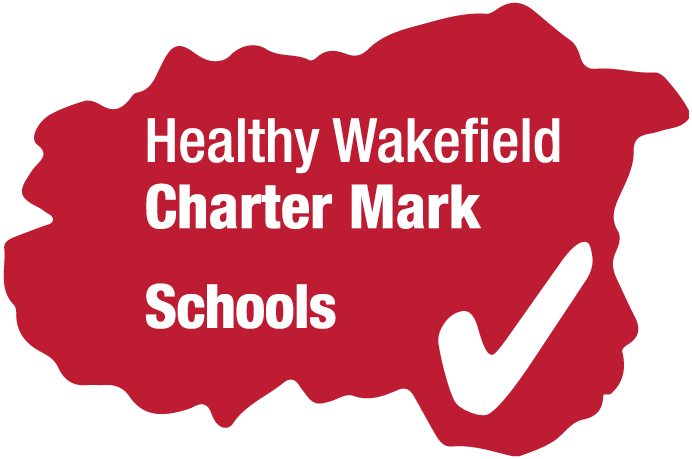English - Writing and Reading
English at St James
At St James, we understand the importance of English in all aspects of education - and in society - to ensure our children are ‘Ready for the Future.’ The skills of language are essential when participating in society. Children who learn to speak, read and write fluently are at an advantage when continuing their education and further beyond, into the workplace.
Our vision is for our children to leave St James’ as clear communicators; attentive listeners, confident speakers, fluent readers, and grammatically accurate writers.
Writing
Our English curriculum offers a wide variety of opportunities to explore and practice spoken language. This teaches all pupils to speak fluently, a skill that is then transferred into written work. During the 3 week unit, children know the 'why' for writing, through knowing the audience, context and purpose. They are 'hooked' into the text type they will be writing, exposed to 2 high quality examples - where they identify what makes them a good example to look at and the features of that text type. In week 2, the children are taught the skills needed to write a successful piece of writing and given time to be guided through the writing process and writing independent pieces. In the final week, the children use all of the skills and knowledge taught to plan, write, edit and presnt their own independent pieces. Opportunities for writing across the curriculum allow our children to write for a range of audiences and purposes throughout the school year.
Purposes for writing remain vital, including who we are writing for. Our aim is to make the learning environment within the classroom one which captures the pupils need for modelled exemplars, appropriate vocabulary and the grammatical tools that will aid final outcomes. The supporting learning environment can then aid the children's search for those writing improvements. Orally rehearsing and proofreading out loud is imperative. Planning, drafting, proofreading, editing and final publishing remain a vital sequence.
At the heart of this curriculum are high quality books, texts and video clips. These form the foundations of our writing lessons. Alongside this, key grammar and basic skills are taught and recapped daily to ensure children can write cohesive and accurate pieces of work.
Spelling: We use RWI spelling and follow this progressive, structured scheme to teach spellings from Year 2 -6. In Year 1, spelling is based upon the Common Exception Words which are in the National Curriculum.
Reading
At St James, we strive to create a reading culture that teaches our children about the joys of books. We aim to create a love of reading in all our children so that they not only learn how to read but use reading to further their learning in other subjects. Becoming ‘Ready for the Future.’ We know that reading is a tool to help develop our children - socially, emotionally and culturally. The teachers and children choose high quality books that will engage, inspire and provide a wealth of vocabulary.
We provide our children with daily opportunities to read and to be read to. The books used during these sessions are taken from Books for Topic and core book lists, ensuring that they are age-appropriate. Each classroom has its own book area with a range of genres for children to access. We also have an inviting school library, providing weekly class visits to borrow reading for pleasure books - these can be fiction or non-fiction topics.
We understand the importance of teaching children to read through phonics. To do this we use the Ruth Miskin sythetic phonics Read Write Inc programme - see below for more information about phonics.
From Year 2 - 6, children have daily guided reading sessions. These focus on developing fluency, automaticity and prosody, learning the meaning of new vocabulary and the teaching of key comprehension skills through VIPERS. Age – appropriate books and texts are used for these sessions. Home reading books are age appropriate and are carefully chosen by the children and staff from our reading corners.
It is our intention to teach children how to be lifelong book lovers, who can read fluently, accurately and with confidence.
‘The more you read, the more you will know. The more you learn, the more places you will go.’ Dr Seuss.
Handwriting
Handwriting is part of the children’s daily Read Write Inc. session. We make the physical process of writing -handwriting – enjoyable from the start, so children see themselves as ‘writers’. We use mnemonics – memory pictures – to help children visualise the letter or join before they write down.
We have a three stage handwriting process that we use in our school.
Stage 1- Reception
When the children enter school our focus is on ensuring the children are holding pencils with the correct pencil grip. Using the Read Write Inc. handwriting phrases the children practise the correct letter formations. When the children are ready, they will learn where to place letters on a line.
Scroll to the bottom of this page to view all the handwriting phrases used from the Read Write Inc. scheme
Pre-cursive handwriting
See document at the bottom of this page for more information.
Stage 3 – Year 2 +
The children build on the pre-cursive taught in Year 1 and join all the letters together, for example



